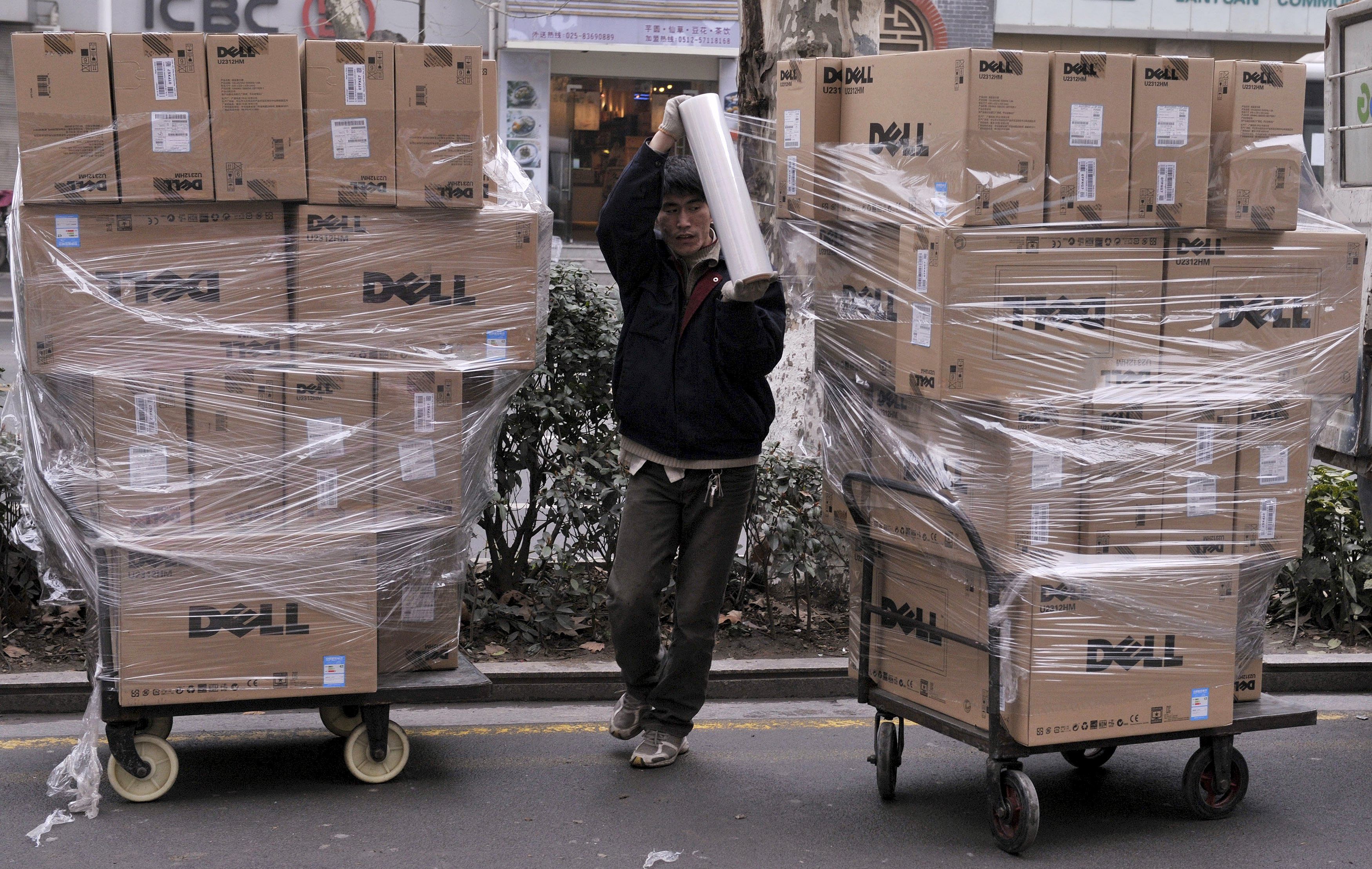Ever since China devalued its currency in early August, there have been growing concerns in India that cheap Chinese goods will flood the market. Indian Commerce Minister Nirmala Sitharaman reassured local manufacturers that "every step will be taken to stop dumping of Chinese goods into India".
It is natural that the minister would address the concerns of a major business constituency, but it is worth remembering that low-priced Chinese imports are not all bad for India. Even when cheap imports hurt inefficient industries through increased competition, India can benefit in the long run. Remember the decades before India opened up, when Indians were forced to buy shoddy desi products. It was only the 1990s liberalisation that forced Indian manufacturers to shape up.
Such is the fear of China's export juggernaut that the news of the yuan's devaluation brings about a knee-jerk reaction not only in India but also all over the world. But not all exports are the same, nor do they have similar impact on the domestic economy.
For example, since the bulk of India's capital goods imports (raw materials for the manufacturing sector) comes from China, their becoming less expensive should be welcome news.

Chinese machinery and capital goods help India's fledgling small and medium-sized industries to grow, not only producing sorely needed jobs but also enabling India to join the global supply chain with domestically produced components. Unlike machinery from developed Western countries, Chinese machines are more affordable and sturdier, making them better suited for developing countries like India. If the yuan devaluation makes them even more affordable, that is great news.
As in most countries, small-scale industries built using Chinese capital goods could provide the widest avenues for employment. More than Chinese investments, which might take years, Chinese capital goods imports would help realise the "Make in India" project.
It is also worth noting that with the changing nature of global demand, India has been steadily losing out in terms of export items produced by least-skilled labour-intensive industries. For example, a recent study by the Indian Council for Research on International Economic Relations (ICRIER) showed that this category of exports fell from 28.1 per cent in 1990-1991 to 12 per cent in 2013-2014. But exports from five most-skilled labour-intensive industries rose from 1.41 per cent in 1990-1991 to 3.69 per cent in 2013-2014.
Among other Chinese products that could fetch lower prices domestically are electronic items. As more people take to using business and educational apps on their smartphones, such products can only help move the economy forward.
India's huge trade deficit with China has been a source of bilateral tension. Last year, India exported barely US$11 billion (S$16 billion) worth of goods, while imports stood at around US$60 billion. Economists have noted the impact of imports, especially cheap items, on domestic industry and jobs. The ICRIER study reported that Chinese imports have displaced half a million Indian workers. While India should push China to open its doors more widely to its goods and services, it would be short-sighted to focus exclusively on the monetary value of trade figures.
Job losses by industries facing Chinese dumping are worth noting and taking action against. But what is not noted, and perhaps not easily quantifiable, is the medium- to long-term effect of Chinese imports on the country's productivity. How many Indians would have started a business or increased their opportunities through their access to inexpensive laptops and smartphones?
For all their dumping, Chinese exports have certainly played a role in narrowing India's digital divide.
•The writer is consulting editor of YaleGlobal Online, published by the MacMillan Centre, Yale University.
